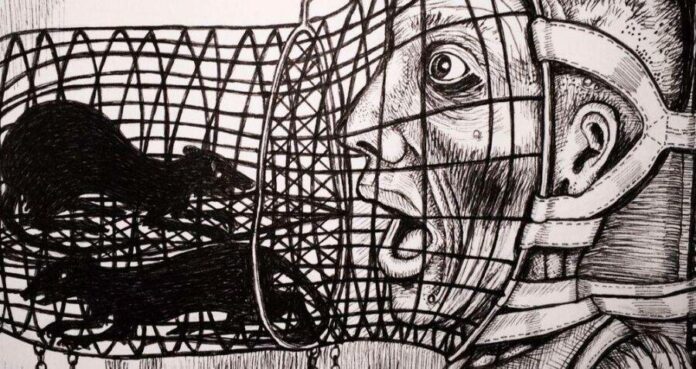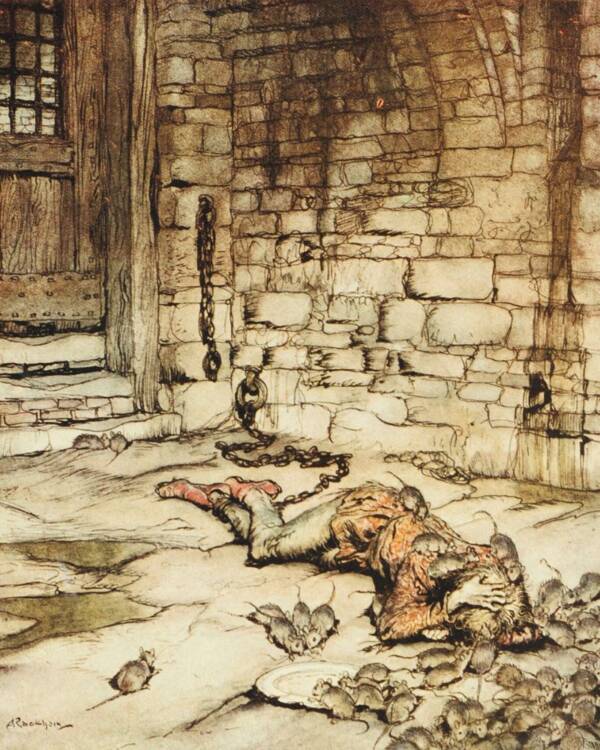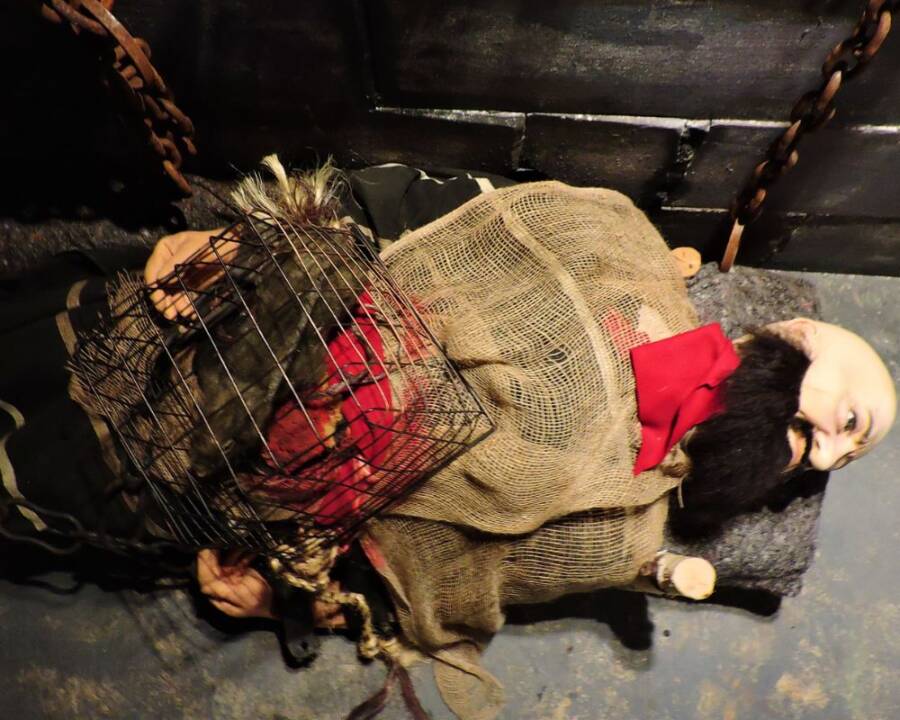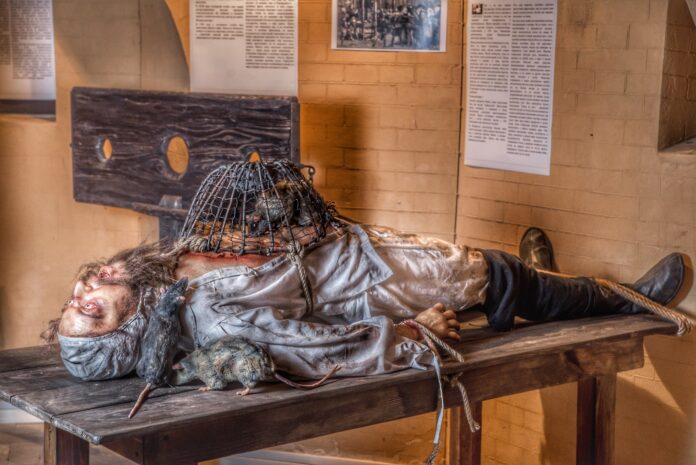Human history has a long and disturbing record of inventing torturous methods to inflict pain on one another. While many of these techniques rely on elaborate devices, one of the most horrific forms of torture simply requires the use of a common rodent – the rat.
Rats have been used as instruments of torture around the world for centuries, with practices dating back to ancient Rome and medieval Europe. The fear and revulsion that many people naturally feel towards rats made them the perfect tools for cruel interrogators and dictators looking to extract information or punish their enemies.

From the dark dungeons of the Tower of London to the military juntas of 20th-century South America, the grisly history of rat torture is a chilling testament to the capacity of the human mind to devise ever more barbaric ways to harm one another.
The Earliest Forms of Rat Torture
While the exact origins of rat torture are unclear, the practice can be traced back to at least the 1st century CE in the Roman Empire. According to records from the Torture Museum, the notorious Emperor Nero was known to use rats as instruments of “justice” against his political enemies.

Across the ancient world, various forms of rat torture emerged. In India, prisoners awaiting punishment were reportedly placed in loose pants tied tightly at the ankles, with rats then poured into the fabric to scratch and bite the victims’ legs and groins as they tried to escape.
In medieval London, the Tower of London even had a dedicated “rat dungeon” located below the waterline of the River Thames. During low tide, prisoners would be thrown into the pitch-black space, only to have rats float in with the rising waters. The terrified captives would hear the scurrying of feet and feel the rodents crawling across their bodies, with some even claiming that the rats tore the flesh from their limbs.
While these early rat torture methods were relatively simple, the fear and psychological torment they induced in victims was often even more severe than the physical pain. However, the techniques would soon become much more gruesome.

The Dutch Torture Cage
One of the most fiendish forms of rat torture emerged during the Dutch Revolt of the 16th and 17th centuries. This method involved trapping rats in a bottomless cage that was then placed on the victim’s abdomen. Burning coals were then placed on a small tray atop the cage, causing the metal to heat up from above.
Desperate to escape the intense heat, the trapped rats would begin burrowing through the only soft surface they could find – the victim’s flesh. Using their sharp claws and teeth, the rodents would quickly gnaw their way into the prisoner’s bowels, inflicting excruciating agony. This diabolical technique was reportedly first used by Dutch leader Diederik Sonoy during the Dutch Revolt, and it proved to be a highly effective means of interrogation. The terrified prisoners would often reveal any information the Dutch wanted, even before the coals were added, just to make the rats stop their horrific attack.

As news of the Dutch torture cage spread, other unhinged leaders around the world began adopting their own versions of the technique. The method remained in use well into the 20th century, with South American dictatorships being among the last to employ it.
Rat Torture in 20th-Century South America
According to reports, the Chilean dictator Augusto Pinochet, who ruled from 1973 to 1990, used rat torture against his political opponents. Female prisoners recounted being sexually assaulted, with rats placed inside their vaginas.
Around the same time, the military junta controlling Argentina during the country’s Dirty War between 1976 and 1983 devised an even more sadistic variation of the Dutch torture cage. Instead of simply placing the rats against the victim’s flesh, Argentine soldiers used a telescopic tube to guide the rodents directly into the prisoner’s body through the rectum or vagina.

While the specific documented cases of rat torture are relatively few, the sheer horrific nature of the practice may have deterred even the most hardened sadists from employing it. The idea of a rat eating its way into someone’s stomach was simply too gruesome for many to contemplate. Nevertheless, the use of rats as instruments of torture persisted for centuries, a testament to the human capacity for cruelty. From ancient Rome to 20th-century South America, the grisly history of this particular form of torture stands as a sobering reminder of the depths to which people can sink in their efforts to inflict suffering on one another.
The history of rat torture is a chilling example of the human propensity for inventing ever more macabre methods of inflicting pain and terror. While many torture devices rely on elaborate engineering, the use of rats as instruments of cruelty is a particularly disturbing phenomenon, as it capitalizes on the natural fear and revulsion that people feel towards these common rodents.
From the dark dungeons of medieval Europe to the military juntas of 20th-century South America, the practice of rat torture has persisted for centuries, with each new iteration becoming more gruesome than the last. The Dutch torture cage, which involved trapping rats in a heated cage on a victim’s abdomen, is a particularly heinous example of this, demonstrating the lengths to which some have gone to extract information or punish their enemies.g




